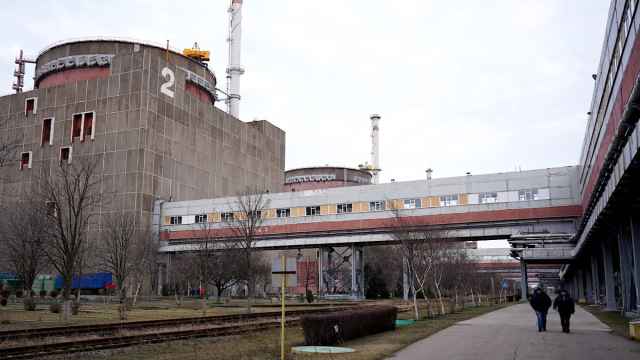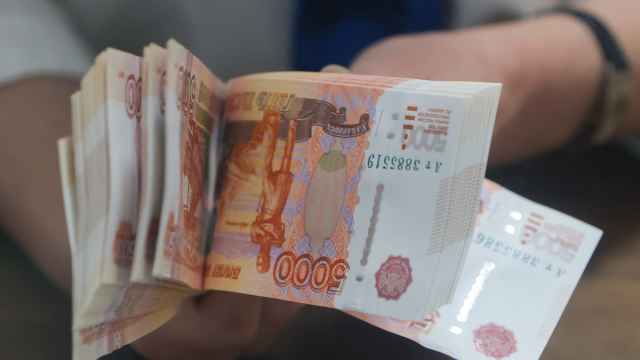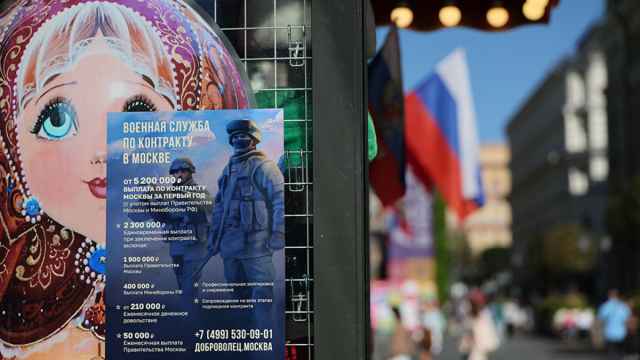The ruble slid as much as 1.4 percent to 35.6 per dollar, just 1.1 percent away from breaking through Russia’s 36 per dollar limit, before paring declines. Chairman Sergei Ignatyev said Friday. The Central Bank will intervene in the market, limit the amount of refinancing offered to banks and companies and adjust interest rates to keep the ruble from breaking the new trading band.
“The market is testing whether the authorities see this band as something permanent or something that will move,” said Lars Rassmussen, an emerging markets analysts at Danske Bank, which ranks itself among the five biggest traders of the ruble through Finnish subsidiary Sampo Bank. “Our view is that they’ll move it because it’s not worth wasting the reserves for a band that is obviously not wide enough.”
The Central Bank expanded its trading range for the ruble 20 times since mid-November before policy makers switched last week to let “market” forces help determine the exchange rate. The Central Bank drained more than a third of its foreign-currency reserves, the world’s third-largest, since August to stem the ruble’s 34 percent slide against the dollar.
Investors are betting against the ruble as a 69 percent slump in oil prices in the past six months weakens the economy, triggering Russia’s worst financial crisis since 1998. Some $290 billion left the country since August, according to BNP Paribas.
The currency has depreciated 20 percent since the start of this year, the worst month since 1998. The government expects the ruble to decline to 36 per dollar after the Central Bank widened the trading band last week, First Deputy Prime Minister Igor Shuvalov told the State Duma on Friday.
The Central Bank reinstated curbs on speculators Friday, with a 5 billion ruble restriction ($141 million) on so-called currency swaps, after imposing no limit Thursday. The agreements allow traders to bet on an exchange rate without having to sell currency upfront, and the Central Bank has been limiting them since Oct. 20 to reduce speculative pressure on the ruble.
This means banks “don’t have the capacity to increase their ruble shorting,” said Alexei Moisseyev, head of fixed-income research at Moscow investment bank Renaissance Capital. “It’s about trying to regulate speculators.”
Moisseyev estimated the Central Bank will defend the ruble’s trading band for a month “for credibility” before widening the targets. The Central Bank may seek to limit bets against the ruble by reducing the amount of money offered in unsecured loan auctions, which were introduced last year to help bolster liquidity in the banking sector.
Investors short a currency when they want to bet that it is going to depreciate.
The ruble is likely to fall below the Central Bank’s target level “in a couple of trading days,” said Lars Rasmussen at Danske Bank.
A Message from The Moscow Times:
Dear readers,
We are facing unprecedented challenges. Russia's Prosecutor General's Office has designated The Moscow Times as an "undesirable" organization, criminalizing our work and putting our staff at risk of prosecution. This follows our earlier unjust labeling as a "foreign agent."
These actions are direct attempts to silence independent journalism in Russia. The authorities claim our work "discredits the decisions of the Russian leadership." We see things differently: we strive to provide accurate, unbiased reporting on Russia.
We, the journalists of The Moscow Times, refuse to be silenced. But to continue our work, we need your help.
Your support, no matter how small, makes a world of difference. If you can, please support us monthly starting from just $2. It's quick to set up, and every contribution makes a significant impact.
By supporting The Moscow Times, you're defending open, independent journalism in the face of repression. Thank you for standing with us.
Remind me later.





